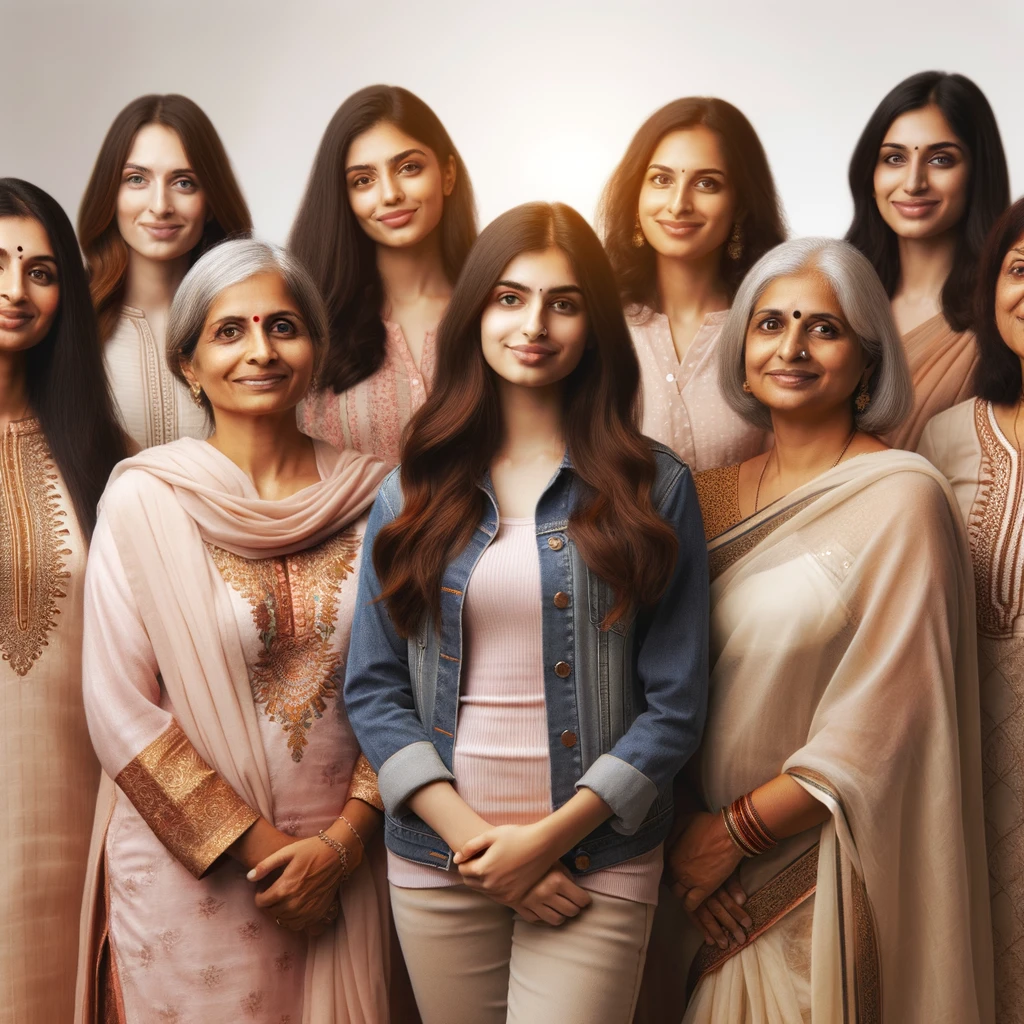The journey of womanhood is multifaceted, marked by various biological and emotional changes. Among these, fertility stands out as a topic of interest and concern for many. Research indicates that age plays a defining role in female fertility, influencing both the quantity and quality of a woman’s eggs.
During adolescence, a female typically has around 300,000 to 500,000 eggs. However, not all these eggs are viable for fertilization. As she transitions from her teenage years into her 20s and early 30s, she reaches her fertility zenith. It’s during this phase that her eggs are of optimal quality and quantity, leading to higher chances of conception.

However, post the age of 30, especially after 35, there’s a noticeable decline in fertility. By age 40, the chances of conceiving naturally each month are less than 5%. Furthermore, older eggs have a higher likelihood of chromosomal abnormalities, increasing the risk of conditions like Down syndrome.
Other factors can also impact fertility, such as lifestyle choices, health conditions, and genetic predispositions. However, age remains a predominant factor, influencing the efficiency of the reproductive system.
For women aiming to balance career, personal aspirations, and family planning, understanding this fertility timeline becomes crucial. While modern medicine offers various fertility treatments, early awareness and planning remain paramount.
In conclusion, embracing every stage of womanhood involves understanding one’s body and its natural processes. Age, as it relates to fertility, is just one chapter in the intricate story of female reproductive health. Knowledge, as always, is empowering.
